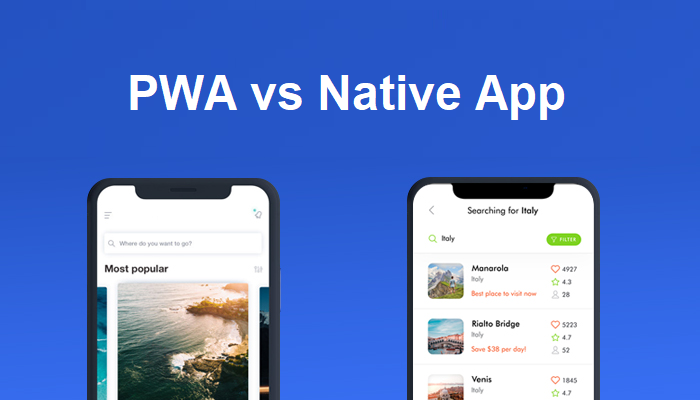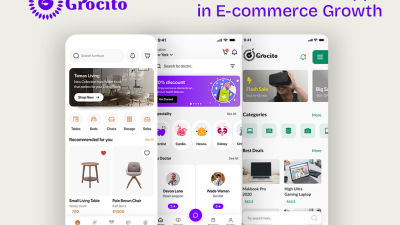Introduction
In the fast-paced world of mobile technology, businesses face a crucial decision when developing applications: Should they build a Progressive Web App (PWA) or a Native App? Each approach offers unique advantages and challenges, and the right choice depends on your goals, audience, budget, and technical requirements.
This blog dives deep into the pros and cons of PWAs and Native Apps, helping you make an informed decision for your next digital project.
What Are Progressive Web Apps (PWAs)?
Progressive Web Apps are web applications that use modern web capabilities to deliver an app-like experience. They are built using standard web technologies—HTML, CSS, and JavaScript—and run in a browser but can be installed on a device like a native app.
Key Features:
- Responsive design
- Offline functionality via service workers
- Push notifications
- Installable on home screen
- Fast loading and performance
What Are Native Apps?
Native apps are developed specifically for a particular operating system—iOS or Android—using platform-specific languages like Swift (iOS) or Kotlin/Java (Android). They are downloaded from app stores and have full access to device features.
Key Features:
- High performance
- Full access to device hardware (camera, GPS, etc.)
- Rich user experience
- App store distribution
- Offline capabilities
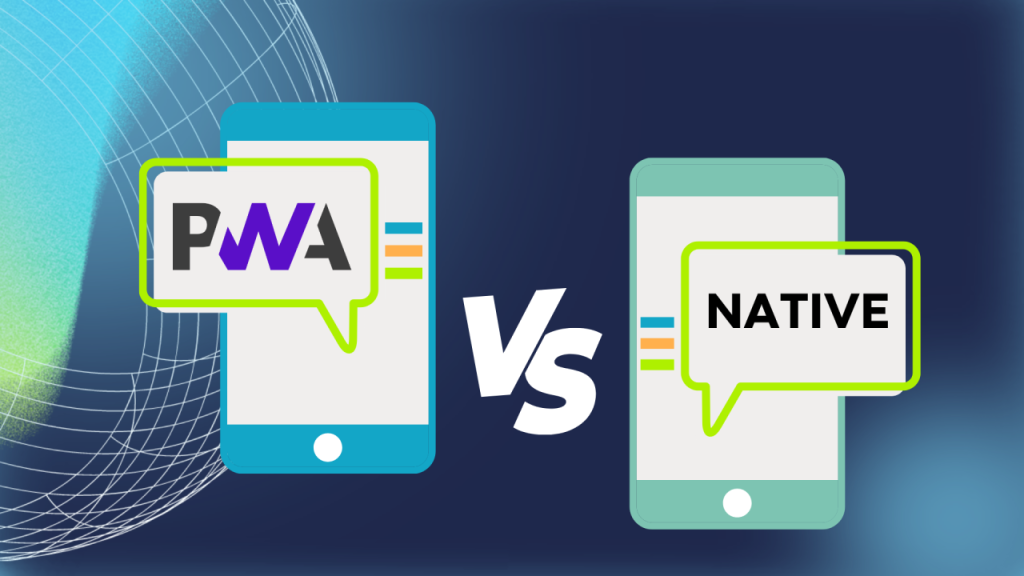
Pros and Cons of Progressive Web Apps
✅ Pros of PWAs
1. Cross-Platform Compatibility
PWAs work across all devices and platforms with a single codebase, reducing development time and cost.
2. No App Store Approval Needed
You can deploy updates instantly without waiting for app store reviews, giving you more control over release cycles.
3. Lightweight and Fast
PWAs are smaller in size and load faster, improving user experience and reducing bounce rates.
4. Offline Access
Thanks to service workers, PWAs can cache data and work offline or in low-network conditions.
5. SEO-Friendly
Since PWAs are web-based, they can be indexed by search engines, boosting discoverability.
6. Easy Installation
Users can install PWAs directly from the browser without visiting an app store.
❌ Cons of PWAs
1. Limited Device Access
PWAs have restricted access to device features like Bluetooth, NFC, and advanced camera controls.
2. Browser Dependency
Performance and features may vary depending on the browser and its support for PWA standards.
3. No App Store Presence
Missing out on visibility and trust that comes with being listed in app stores.
4. Limited iOS Support
Although improving, iOS still has limitations in PWA functionality compared to Android.
Pros and Cons of Native Apps
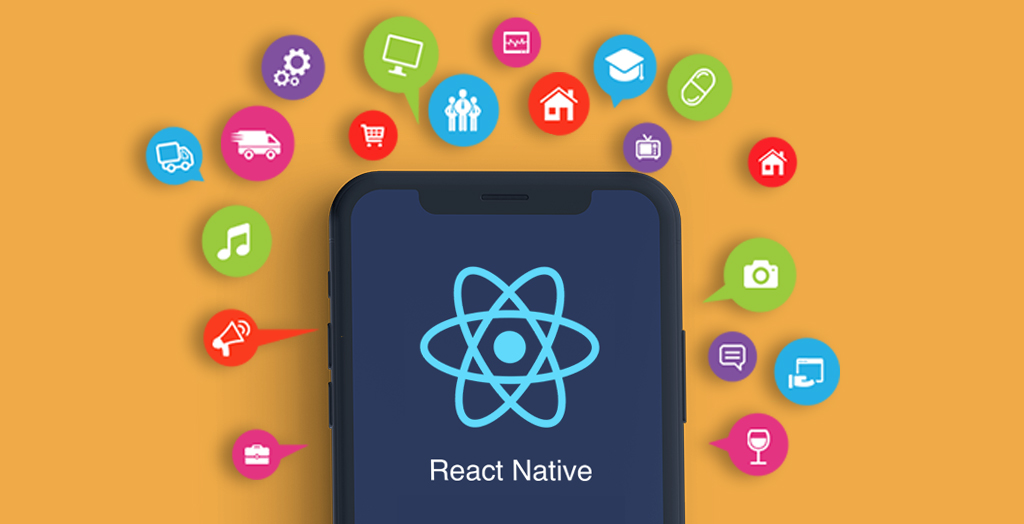
✅ Pros of Native Apps
1. Superior Performance
Native apps are optimized for the platform, offering faster and smoother performance.
2. Full Device Integration
Access to all device features like camera, GPS, accelerometer, and more.
3. Rich User Experience
Native apps provide a more immersive and responsive UI/UX tailored to the platform.
4. App Store Visibility
Being listed in app stores increases credibility and discoverability.
5. Push Notifications
Native apps have robust support for push notifications, enhancing user engagement.
❌ Cons of Native Apps
1. Higher Development Costs
Separate codebases for iOS and Android mean more time, resources, and budget.
2. Longer Time to Market
App store approvals and platform-specific development can delay launches.
3. Maintenance Overhead
Updates and bug fixes must be managed separately for each platform.
4. Storage Space
Native apps consume more device storage, which can deter users with limited space.
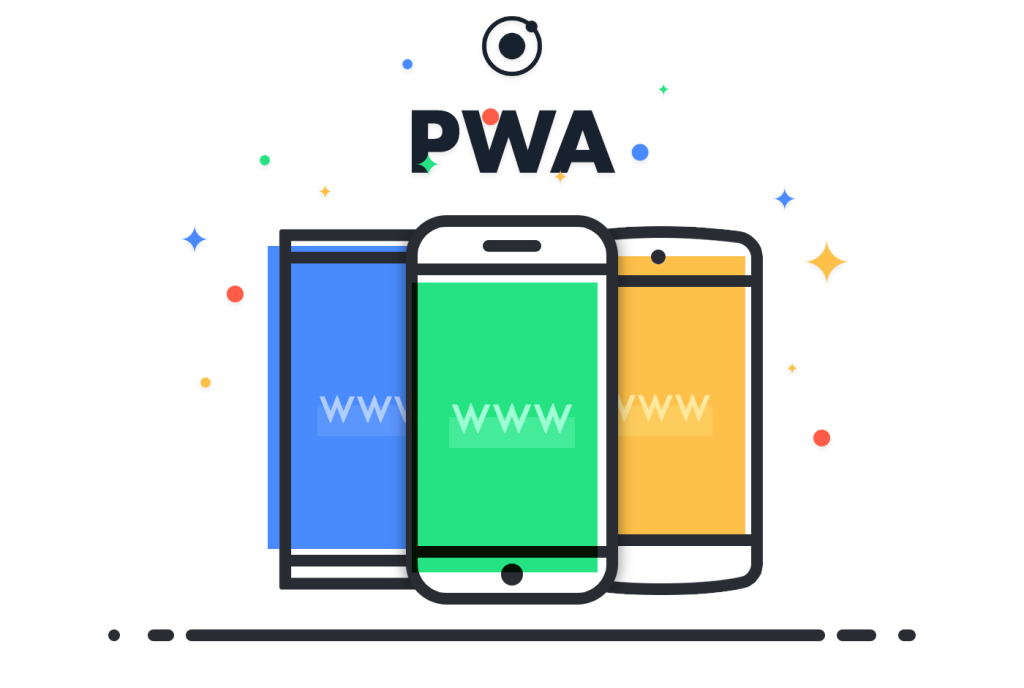
Use Cases: When to Choose What
🛒 Choose PWAs When:
- You want a fast, lightweight app with broad reach.
- Your audience is spread across multiple platforms.
- You need quick deployment and updates.
- Budget and time are limited.
- SEO and web discoverability are important.
📱 Choose Native Apps When:
- You need high performance and advanced features.
- Your app relies heavily on device hardware.
- You want to leverage app store visibility.
- You’re building a game or graphics-intensive app.
- You aim for a premium user experience.
Progressive Web Apps bring the web to your fingertips; Native Apps bring your device to life. The right choice depends on your journey.
Real-World Examples
🌐 PWA Success Stories
- Twitter Lite: Offers a fast, data-friendly experience with offline access.
- Starbucks: Their PWA allows ordering and browsing menus offline.
- Pinterest: Increased engagement and time spent on site after launching their PWA.
📲 Native App Success Stories
- Instagram: Uses native features for camera, filters, and real-time interactions.
- Uber: Relies on GPS, real-time updates, and device integration for seamless rides.
- Spotify: Offers high-quality audio streaming and offline playback.

Performance Comparison
| Feature | PWA | Native App |
|---|---|---|
| Speed | Fast | Very Fast |
| Offline Access | Yes (limited) | Yes |
| Device Integration | Limited | Full |
| Installation | Browser-based | App Store |
| SEO | Yes | No |
| Cost | Lower | Higher |
| Development Time | Shorter | Longer |
| User Experience | Good | Excellent |
Conclusion
Both Progressive Web Apps and Native Apps have their strengths and weaknesses. The choice between them should be guided by your business goals, target audience, budget, and technical needs.
PWAs are ideal for fast deployment, broad accessibility, and cost-effective solutions. Native apps shine when performance, device integration, and user experience are top priorities.
By understanding the pros and cons of each, you can make a strategic decision that aligns with your brand’s vision and delivers the best experience to your users.

